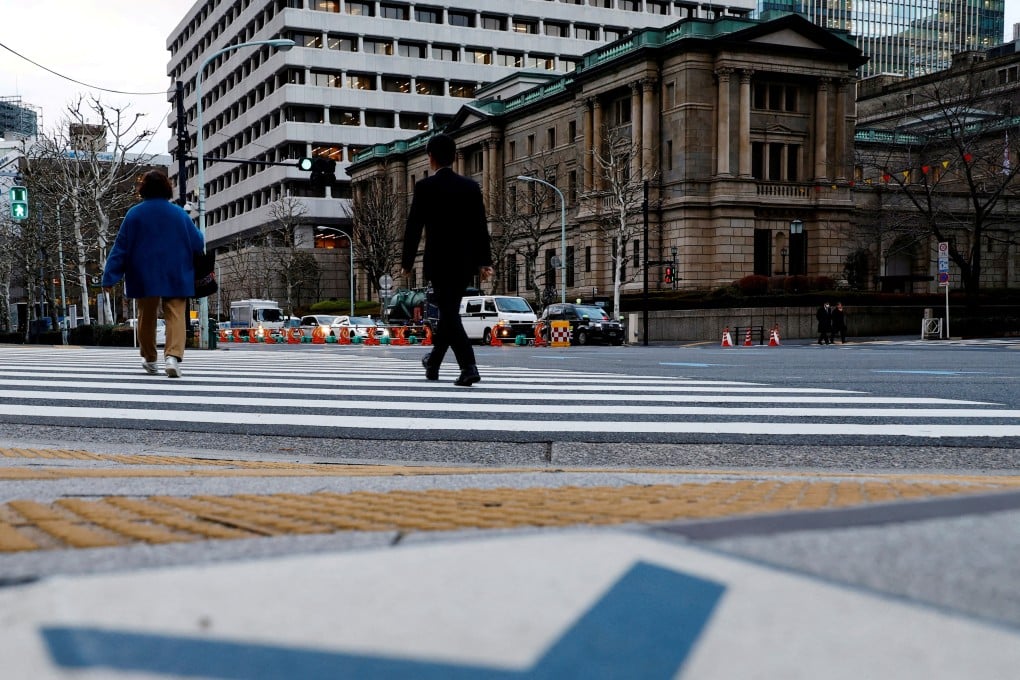Japan’s central bank raises interest rates for first time since 2007: ‘treading on thin ice’
- It pulled the plug on its ultra-aggressive monetary stimulus programme, hiking rates for the first time since the global financial crisis
- The move will make loans more costly for consumers and businesses, but banks will be able to earn more money from lending

Japanese Prime Minister Fumio Kishida on Tuesday described the Bank of Japan’s overhaul of its unorthodox monetary easing framework as “appropriate”, promising to keep working with the BOJ to stabilise prices.
The central bank’s policy shift “has stepped into a new phase to generate positive economic outcomes” while “maintaining an accommodative environment,” Kishida told reporters at his office after meeting with BOJ governor Kazuo Ueda.
Japan’s central bank pulled the plug on Tuesday on its ultra-aggressive monetary stimulus programme, hiking rates for the first time since the global financial crisis.
The BOJ’s outlier policy of negative rates and massive asset purchases was aimed at jump-starting economic growth and price rises after the “lost decades” of stagnation and deflation.
But on Tuesday, following months of speculation, the BOJ finally changed its policy rate range from -0.1 per cent to between zero and 0.1 per cent, in its first hike since 2007.
Officials “assessed the virtuous cycle between wages and prices” and concluded that “the price stability target of two per cent would be achieved in a sustainable and stable manner”, it said.
